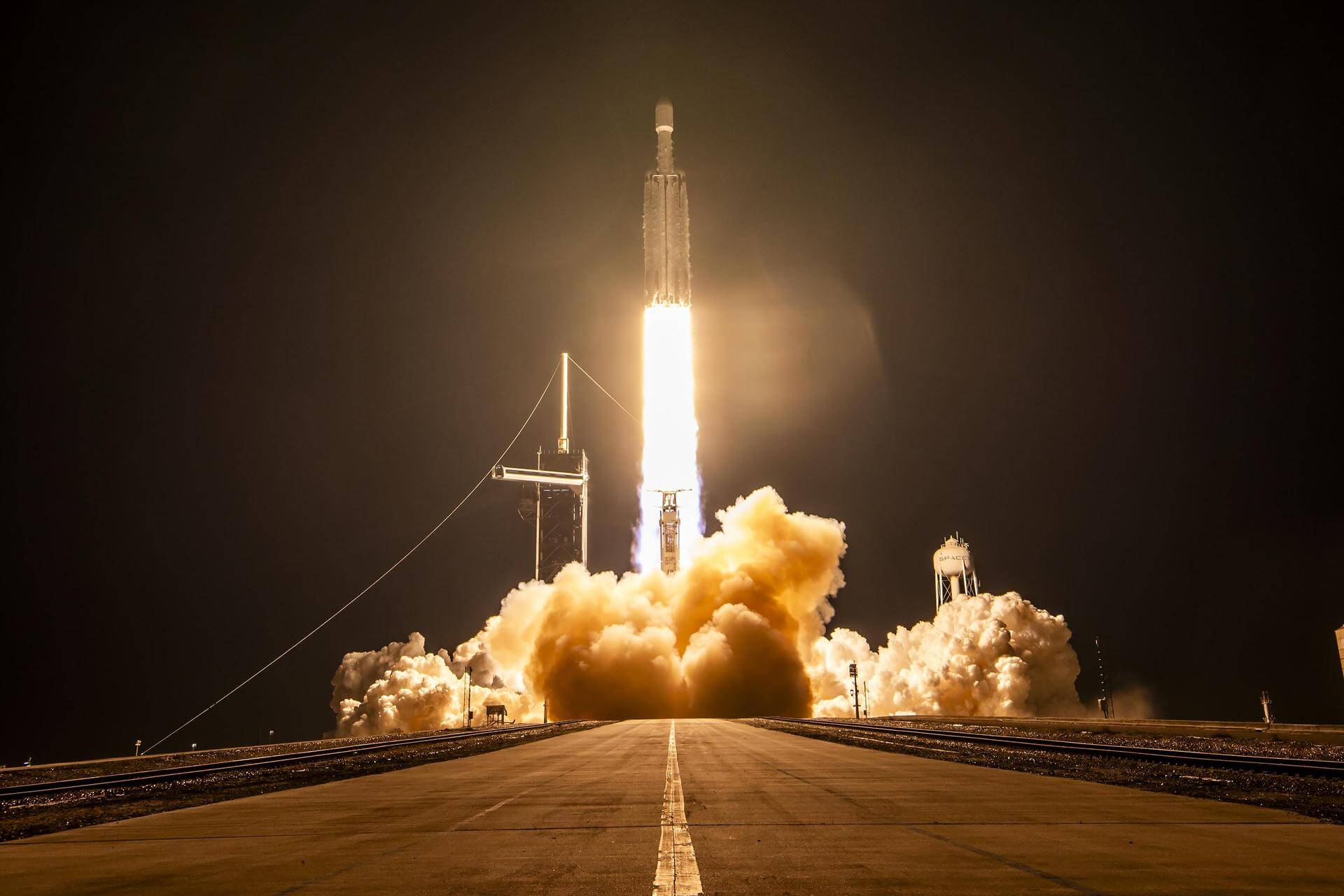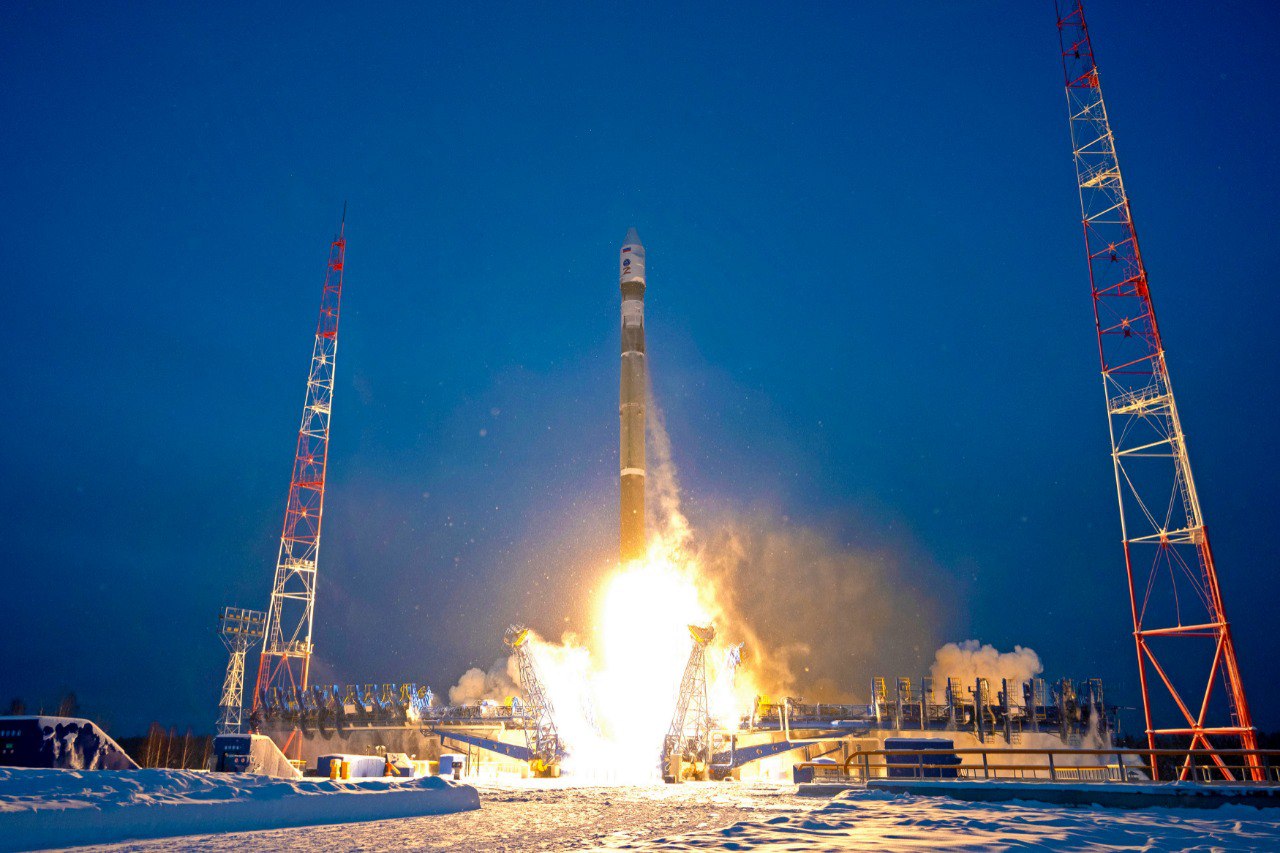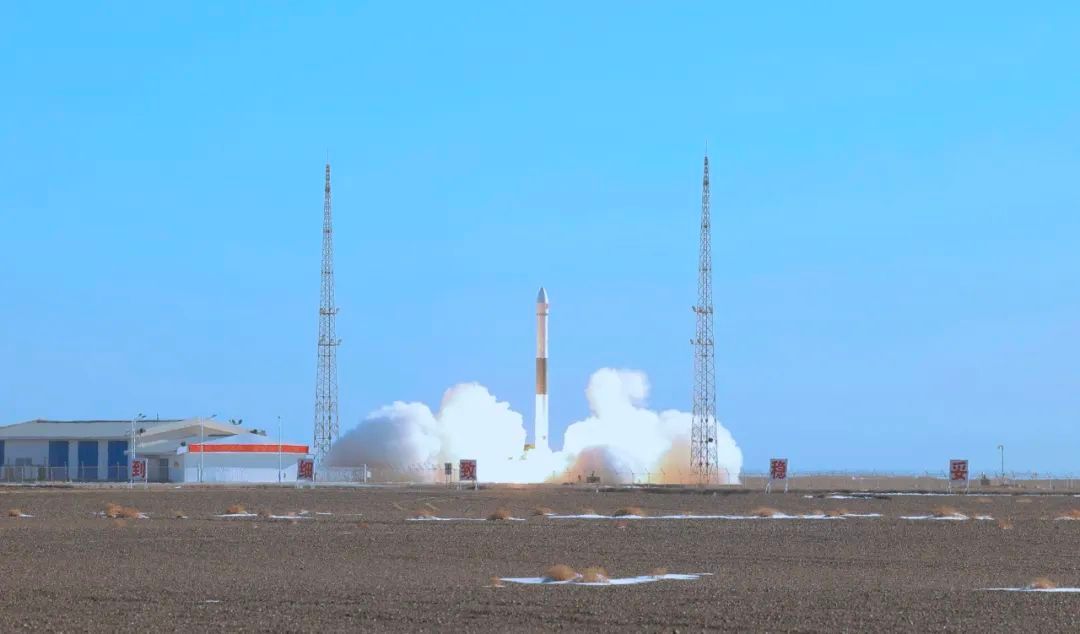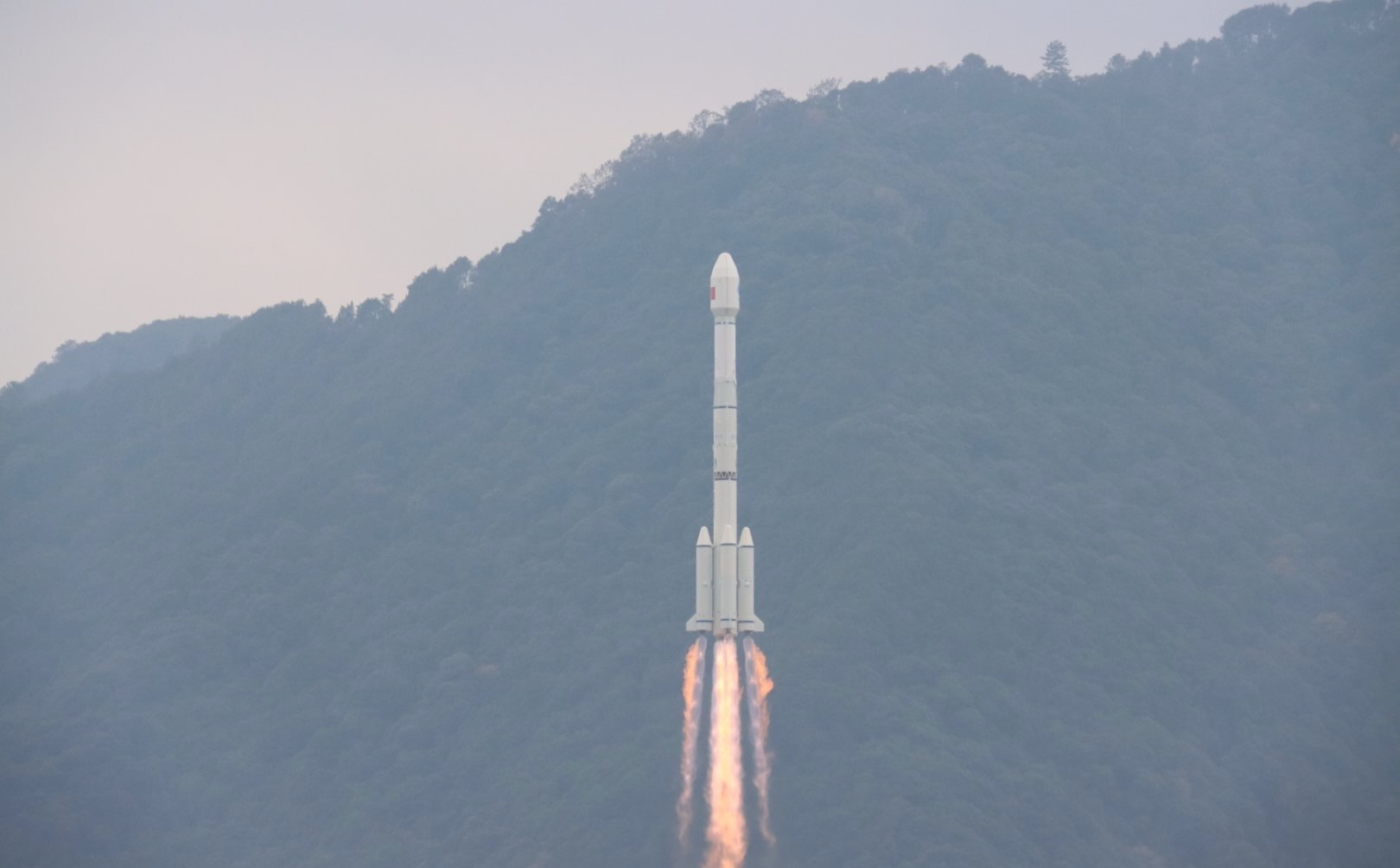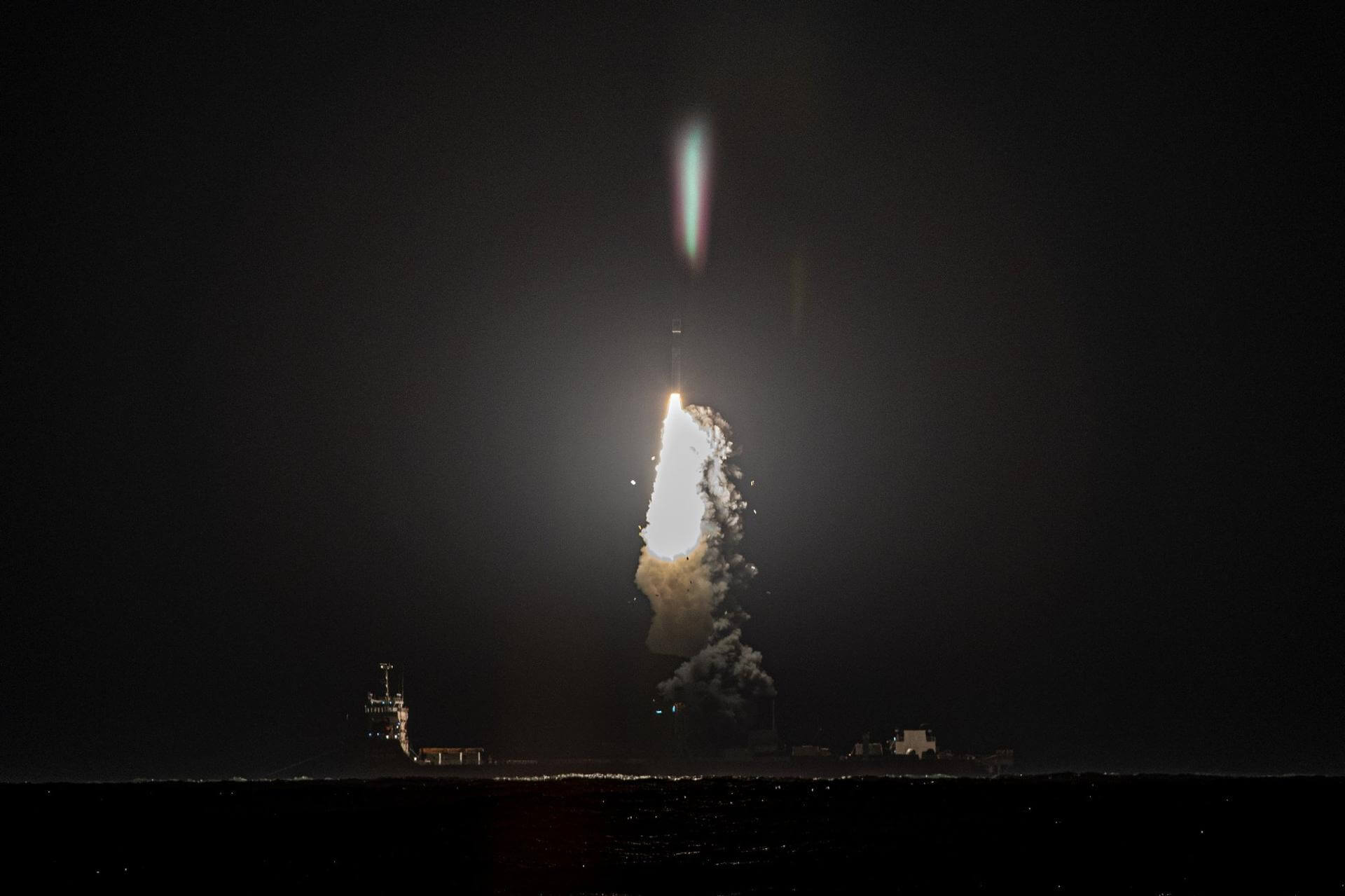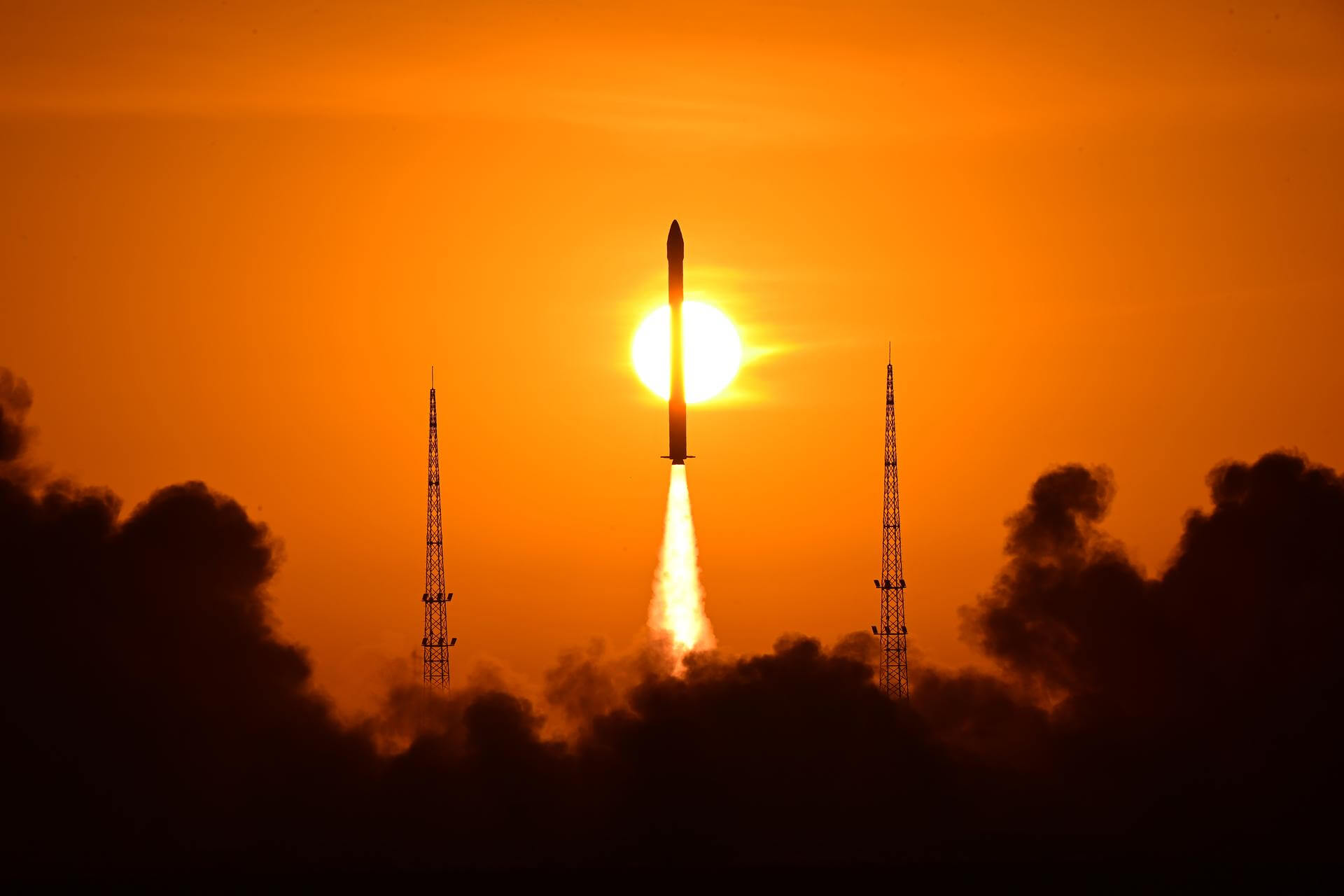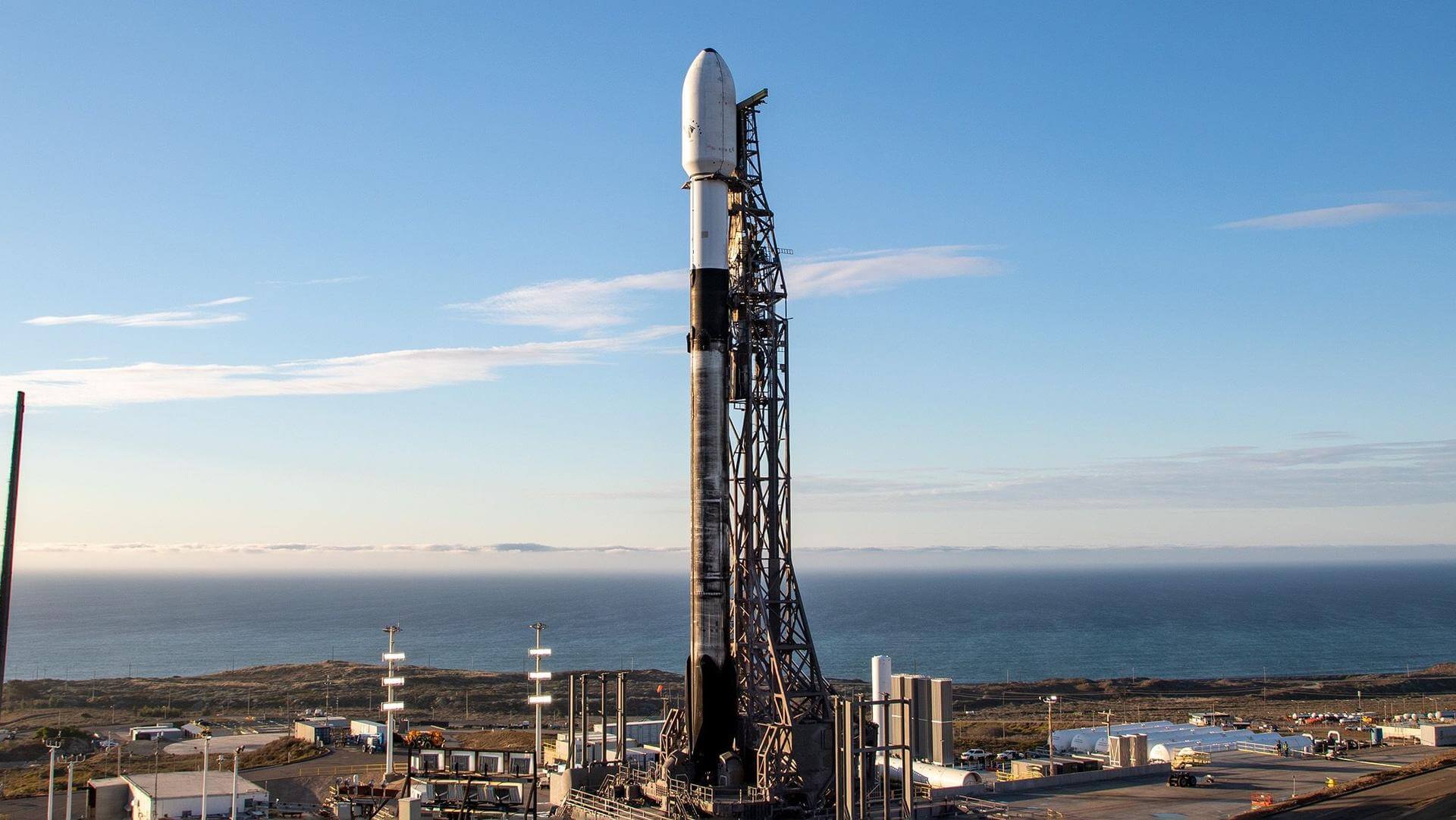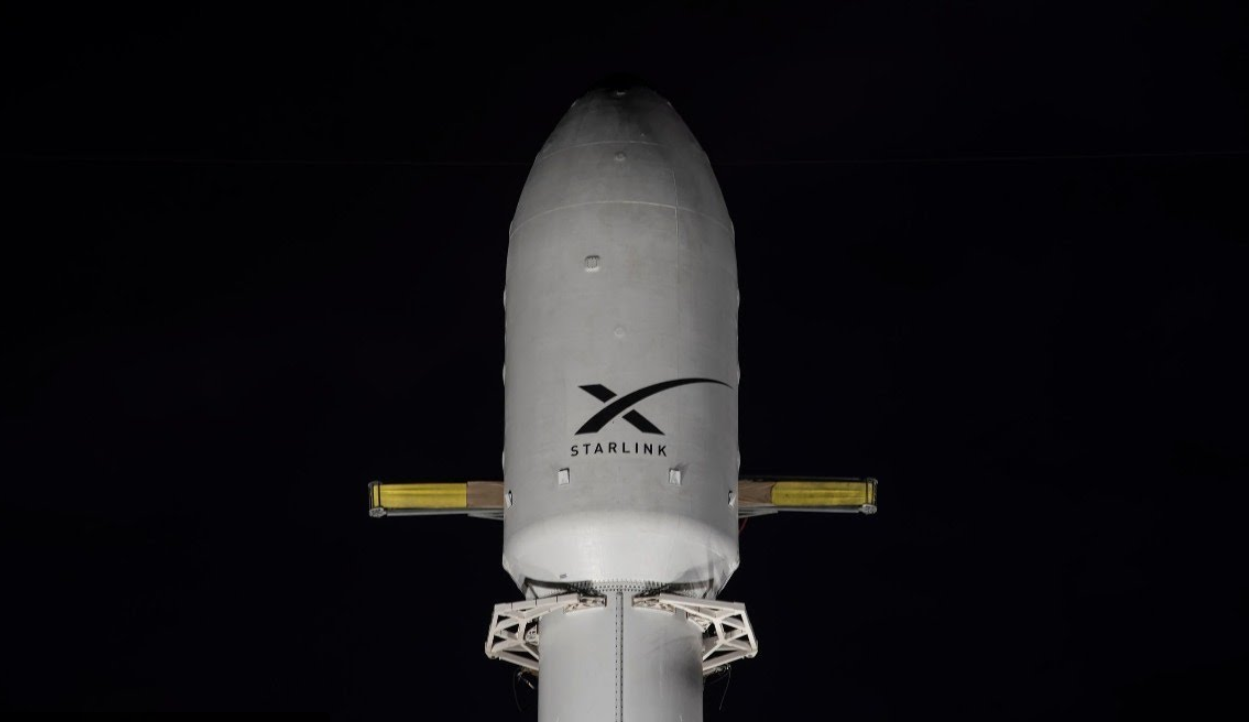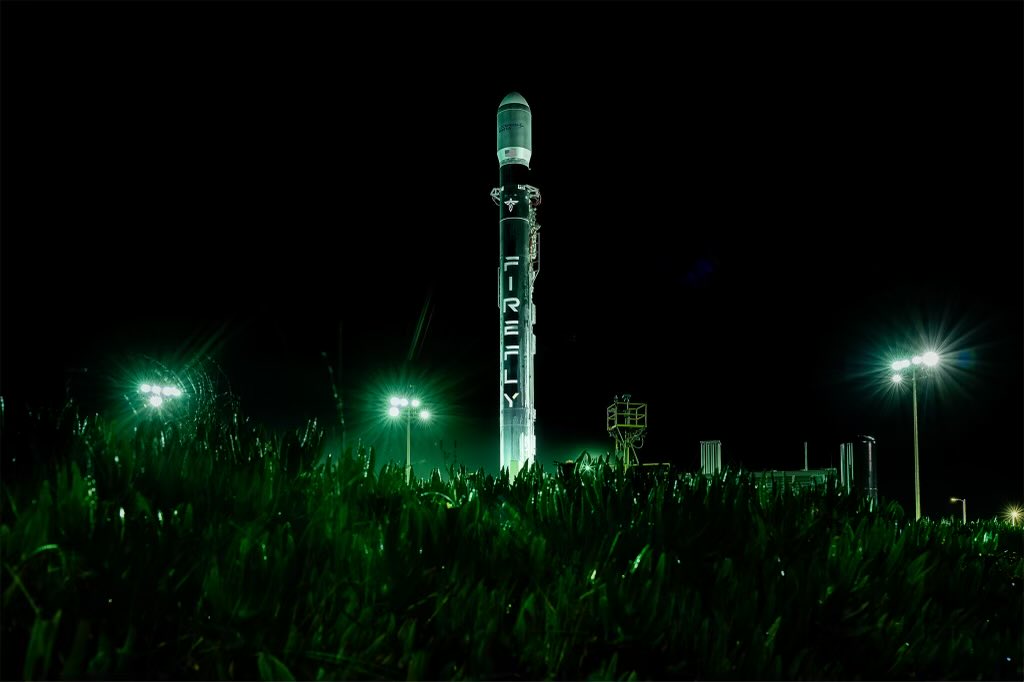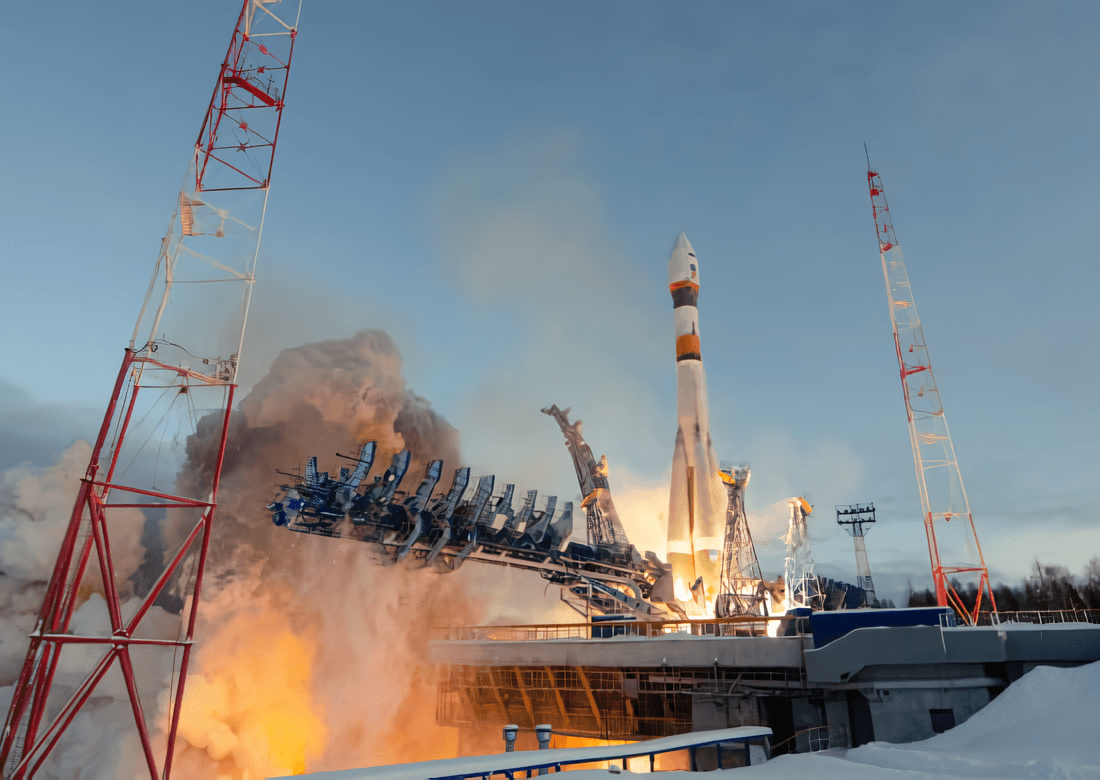Previous Spaceflight Launches
Filter by Agency, Locations or Vehicles
Show All LaunchesFalcon Heavy | OTV-7 (X-37B) (USSF-52)
SpaceX | United States of AmericaKennedy Space Center, FL, USA
Dec. 29, 2023, 1:07 a.m.
Status: Launch Successful
Mission:
It is the seventh flight of the X-37B program. United States Air Force Orbital Test Vehicle is built by Boeing. It's an uncrewed 5000 kg, 8.8 m-long reusable mini-spaceplane capable of autonomous re-entry and landing.
Elliptical Orbit B1084 - Maiden Flight Atlantic Ocean B1064 - Flight Proven ( ) Landing Zone 1 B1065 - Flight Proven ( ) Landing Zone 2Soyuz 2.1v | Kosmos 2574
Ministry of Defence of the Russian Federation | RussiaPlesetsk Cosmodrome, Russian Federation
Dec. 27, 2023, 7:03 a.m.
Kuaizhou-1A | Tianmu-1 19-22
ExPace | ChinaJiuquan Satellite Launch Center, People's Republic of China
Dec. 27, 2023, 6:50 a.m.
Long March 3B/YZ-1 | Beidou-3 M25 & M26
China Aerospace Science and Technology Corporation | ChinaXichang Satellite Launch Center, People's Republic of China
Dec. 26, 2023, 3:26 a.m.
Long March 11 | Shiyan 24C
China Aerospace Science and Technology Corporation | ChinaSea Launch
Dec. 25, 2023, 10:39 p.m.
Kuaizhou-1A | Tianmu-1 11-14
ExPace | ChinaJiuquan Satellite Launch Center, People's Republic of China
Dec. 25, 2023, 1 a.m.
Falcon 9 Block 5 | SARah 2 & 3
SpaceX | United States of AmericaVandenberg SFB, CA, USA
Dec. 24, 2023, 1:11 p.m.
Status: Launch Successful
Mission:
SARah 2 & 3 are two passive reflector antenna radar satellites built by OHB-System, based on the reflector-antenna technology of SAR-Lupe. They are part of the three satellite constellation being built for the German government as a follow-up to the SAR-Lupe radar sat constellation.
Polar Orbit B1075 - Flight Proven ( ) Landing Zone 4Falcon 9 Block 5 | Starlink Group 6-32
SpaceX | United States of AmericaCape Canaveral, FL, USA
Dec. 23, 2023, 5:33 a.m.
Firefly Alpha | FLTA004 Fly the Lightning
Firefly Aerospace | United States of AmericaVandenberg SFB, CA, USA
Dec. 22, 2023, 5:32 p.m.
Status: Launch was a Partial Failure
Mission:
Firefly’s Alpha rocket will launch Lockheed Martin’s new wideband Electronically Steerable Antenna (ESA) technology integrated on a Terran Orbital Nebula satellite bus. Developed within Lockheed Martin Space’s Ignite organization using a proprietary design, the ESA payload will demonstrate faster on-orbit sensor calibration to deliver rapid capabilities to U.S. warfighters.
Low Earth OrbitSoyuz 2.1b | Kosmos 2573 (Bars-M No. 5?)
Progress Rocket Space Center | RussiaPlesetsk Cosmodrome, Russian Federation
Dec. 21, 2023, 8:48 a.m.
Status: Launch Successful
Mission:
Note: Payload identity uncertain, possibly Bars-M #5 or a similar satellite as the insertion orbit is similar. Bars-M is the second incarnation of the Bars project, which was started in the mid 1990ies to develop a successor for the Komtea class of area surveillance satellites. The original Bars project was halted in the early 2000s. In 2007, TsSKB-Progress was contracted for Bars-M, for which reportedly the Yantar-based service module was replaced by a new developed advanced service module. The Bars-M satellites feature an electro-optical camera system called Karat, which is developed and built by the Leningrad Optical Mechanical Association (LOMO), and a dual laser altimeter instrument to deliver topographic imagery, stereo images, altimeter data and high-resolution images with a ground resolution around 1 meter.
Sun-Synchronous Orbit